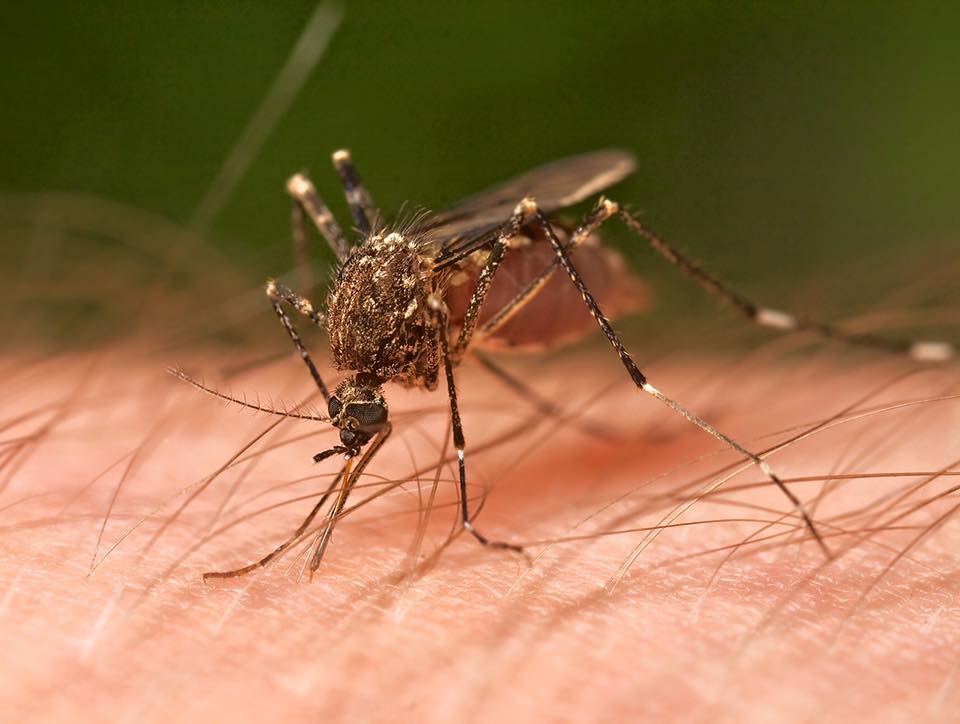Malaria is a life-threatening mosquito-borne blood disease. The Anopheles mosquito transmits it to humans. The parasites in mosquitos that spread malaria belong to the Plasmodium genus. Over 100 types of Plasmodium parasite can infect a variety of species. Different types replicate at different rates, changing how quickly the symptoms escalate, and the severity of the disease.
Five types of Plasmodium parasite can infect humans. These occur in different parts of the world. Some cause a more severe type of malaria than others.
Once an infected mosquito bites a human, the parasites multiply in the host’s liver before infecting and destroying red blood cells.
In some places, early diagnosis can help treat and control malaria. However, here are some tips to help kick against malaria.
Symptoms
Symptoms of malaria ranges from uncomplicated to severe symptoms, and these include:
- a sensation of cold with shivering
- fever, headaches, and vomiting
- seizures sometimes occur in younger people with the disease
- sweats, followed by a return to normal temperature, with tiredness
- fever and chills
- impaired consciousness
- prostration, or adopting a prone position
- multiple convulsions
- deep breathing and respiratory distress
- abnormal bleeding and signs of anemia
- clinical jaundice and evidence of vital organ dysfunction
Severe malaria can be fatal without treatment.
Treatment
Treatment aims to eliminate the Plasmodium parasite from the bloodstream.
Those without symptoms may be treated for infection to reduce the risk of disease transmission in the surrounding population.
The World Health Organization (WHO) recommends artemisinin-based combination therapy (ACT) to treat uncomplicated malaria.
Artemisinin is derived from the plant Artemisia annua, better known as sweet wormwood. It rapidly reduces the concentration of Plasmodium parasites in the bloodstream.
Practitioners often combine ACT with a partner drug. ACT aims to reduce the number of parasites within the first 3 days of infection, while the partner drugs eliminate the rest.
Prevention
There are several ways to keep malaria at bay.
- Ensure to have access to preventative tools, including insect repellants, insecticides, pre-treated bed nets, and appropriate clothing.
- Be aware of the symptoms of malaria.
- Seek medical attention for suspected symptoms of malaria as early as possible.
- Make use of medically treated mosquito nets.
- Vaccination: Research to develop safe and effective global vaccines for malaria is ongoing, with the licensing of one vaccine already having occurred in Europe.


